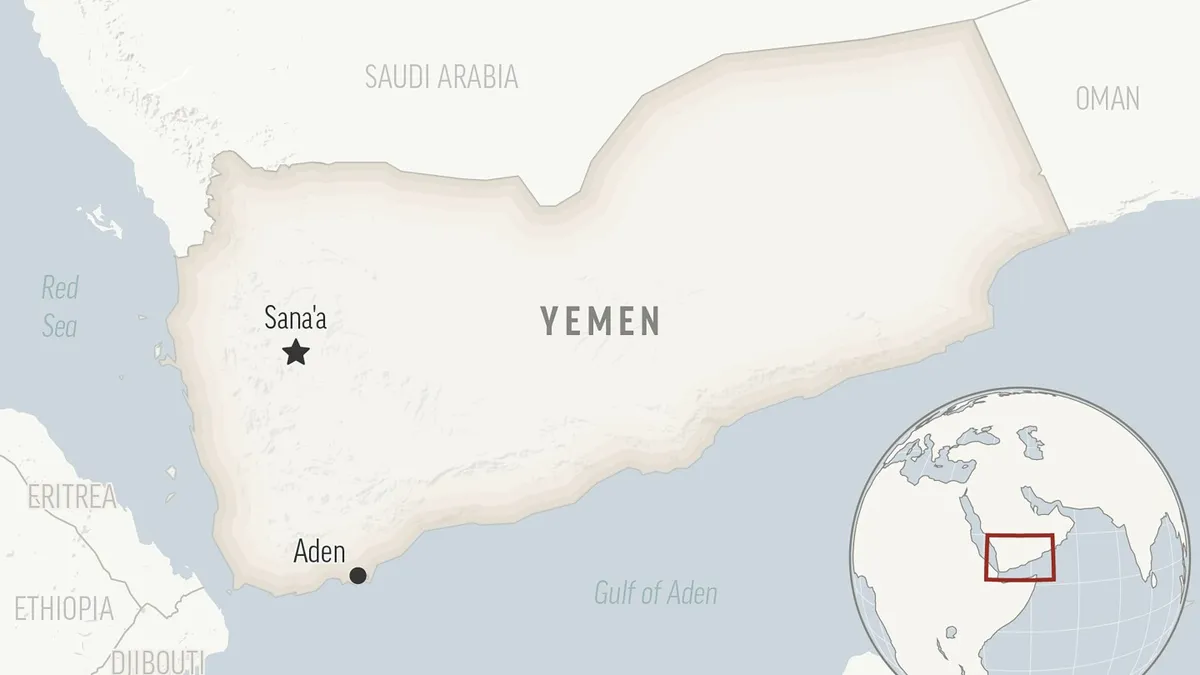
U.S. President Donald Trump has announced the initiation of airstrikes against Iran-backed rebels in Yemen, escalating tensions in the region and issuing a stern warning to Tehran. This strategic move highlights the ongoing threats to global shipping and U.S. interests in the Middle East.
The Houthi rebels have been targeting military and commercial vessels in one of the world’s busiest shipping corridors, particularly following the outbreak of conflict in Gaza between Hamas and Israel in October 2023. The Houthis claim their assaults on vessels in the Red Sea are in solidarity with Palestinians, specifically targeting ships linked to Israel, the United States, and the U.K.. However, many of the attacked vessels had minimal or no ties to the ongoing conflict.
Since the escalation began, the Houthis have launched over 100 attacks using missiles and drones, resulting in the sinking of two merchant vessels and the tragic loss of four sailors’ lives. Despite some missiles and drones being intercepted or failing to hit their targets, including Western military installations, the assaults continued until a ceasefire in Gaza was established in mid-January.
Despite the lull in attacks during the ceasefire, the Houthis recently announced their intention to resume strikes on any “Israeli vessel” after Israel halted all aid supplies to Gaza as a pressure tactic against Hamas during negotiations to extend the truce. They indicated that their warning extends to critical maritime routes including the Gulf of Aden, the Bab el-Mandeb Strait, and the Arabian Sea. Since this announcement, no further Houthi attacks have been reported.
The earlier campaign by the Houthis saw multiple attacks on U.S. and allied warships, leading to the most intense naval combat involving the U.S. Navy since World War II. Previous military actions by the Biden administration, as well as Israel and the U.K., targeted Houthi positions in Yemen. However, Trump emphasized that the recent airstrikes were conducted unilaterally by U.S. forces.
The operation involved the USS Harry S. Truman carrier strike group, which includes the carrier, three Navy destroyers, and one cruiser, all stationed in the Red Sea. Additionally, the USS Georgia, a cruise missile submarine, has been active in the region. Trump stated that the strikes aim to “protect American shipping, air, and naval assets, and to restore Navigational Freedom,” underscoring the significance of safeguarding vital international trade routes.
The airstrikes also serve a dual purpose: to exert pressure on Iran, which has been a longstanding supporter of the Houthis, much like its backing of Hamas and other militant proxies across the Middle East. Trump declared his intention to hold Iran “fully accountable” for the actions of the Houthis. Earlier this month, the State Department reinstated the designation of the Houthis as a “foreign terrorist organization,” which imposes sanctions and penalties on any entity providing material support to them.
Furthermore, the Trump administration has been advocating for the resumption of bilateral talks regarding Iran’s advancing nuclear program. Trump, who previously withdrew the U.S. from the 2015 nuclear deal with world powers, maintains that he will not permit Iran’s nuclear program to become operational. He has also imposed new sanctions on Iran as part of a broader “maximum pressure” campaign and has hinted that military action remains a potential option while still expressing hope for a new nuclear agreement.
This latest military engagement underscores the complexities of U.S. foreign policy in the Middle East, particularly in addressing the multifaceted threats posed by Iran and its proxies, while also striving to protect global shipping routes that are vital for international trade.